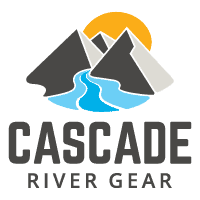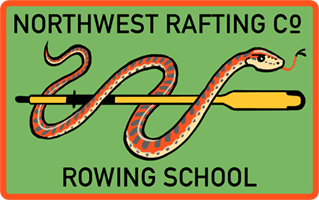Pro Tip: Three Key Safety Knots for Paddlers
In the world of knots, there are lots. In fact there are so many that it is hard to know and remember what ones to tie, and when to use one over the other. Some make the comment “if you don’t know knots, tie lots.” That is a terrible mantra to live by. It should be “if you don’t know knots, learn to tie these 3 and you will be set for many occasions.” Those three knots are the water knot, figure eight, and the bowline.
Water Knot
The water knot is perfect for tying two ends of webbing together. This knot allows the webbing to lay flat and not create too many unnecessary bends. I like to use this knot when tying webbing together to make an anchor.
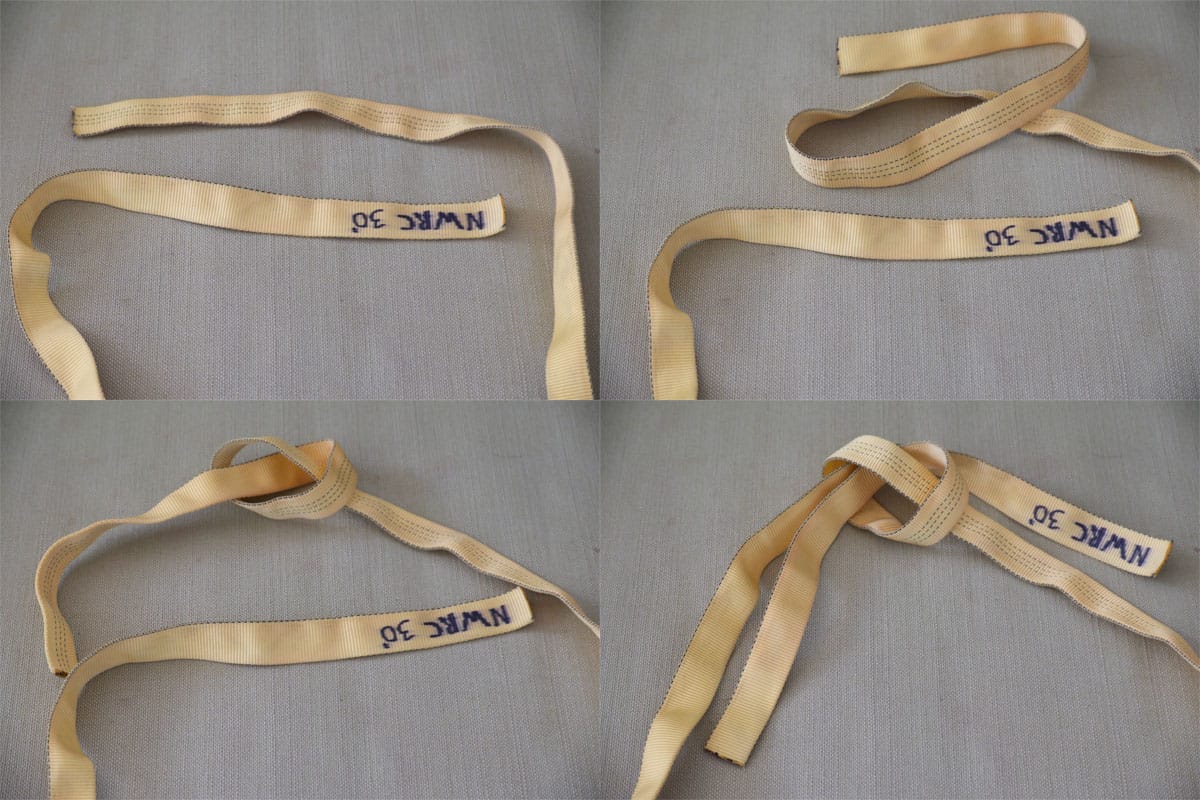
Water Knot
1. Tie a loose overhand knot.
2. With the other end of the webbing, start following the overhand.
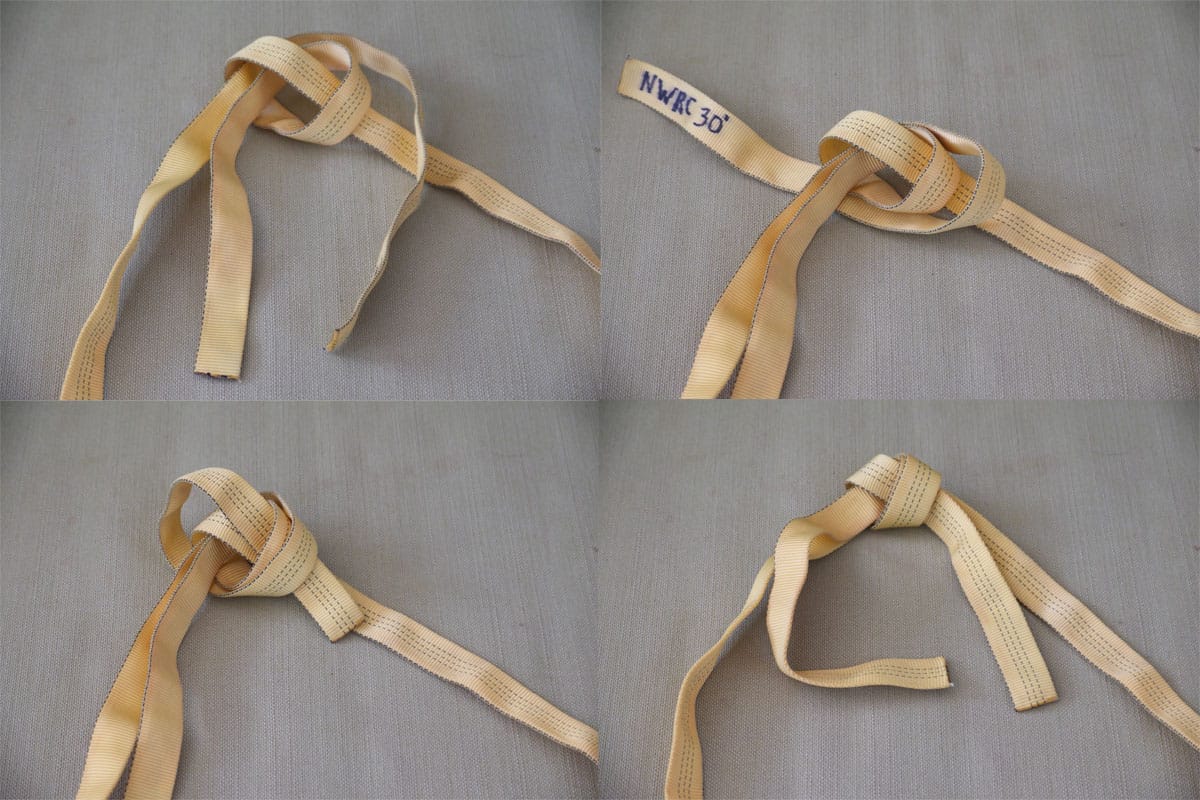
Water Knot Finish
3. Make sure you pull enough webbing through so you have enough to follow the entire knot.
4. On you have followed the entire knot, pull tight.
5. Make sure your knot looks neat, no unnecessary twists or fold. This is a dressed knot.
Figure Eight
The figure eight is known for its strength and non-slip properties. It is a series of knots,
with a handful of variations but there is one key form you will use, the figure eight on a
bight. This gives you a strong loop to clip into a carabiner, most likely attached to a
boat, to pull on. The knot is strong, but can still be untied after a heavy load.
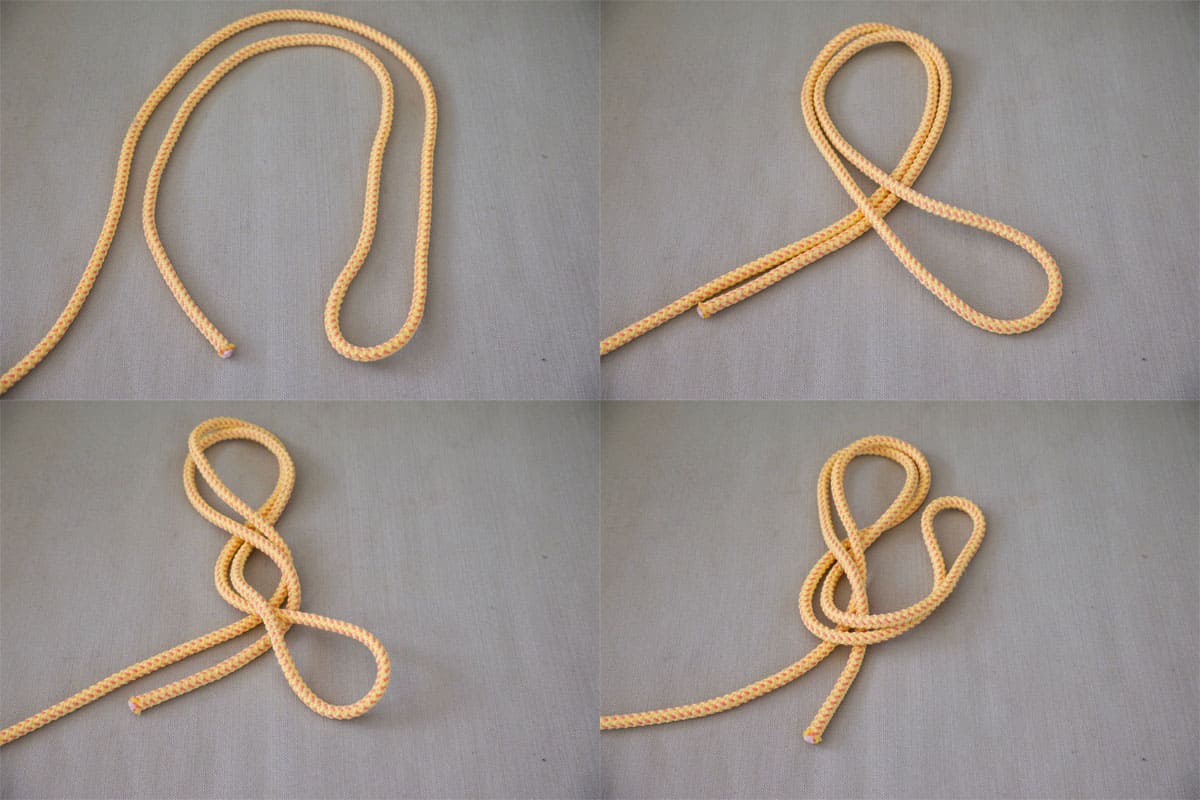
Figure Eight
1. Start with a bight of rope.
2. From the middle, give the rope a full twist, it should look like an 8. A common mistake is to only give it on twist
3. Move the loop end up toward top part of the 8.
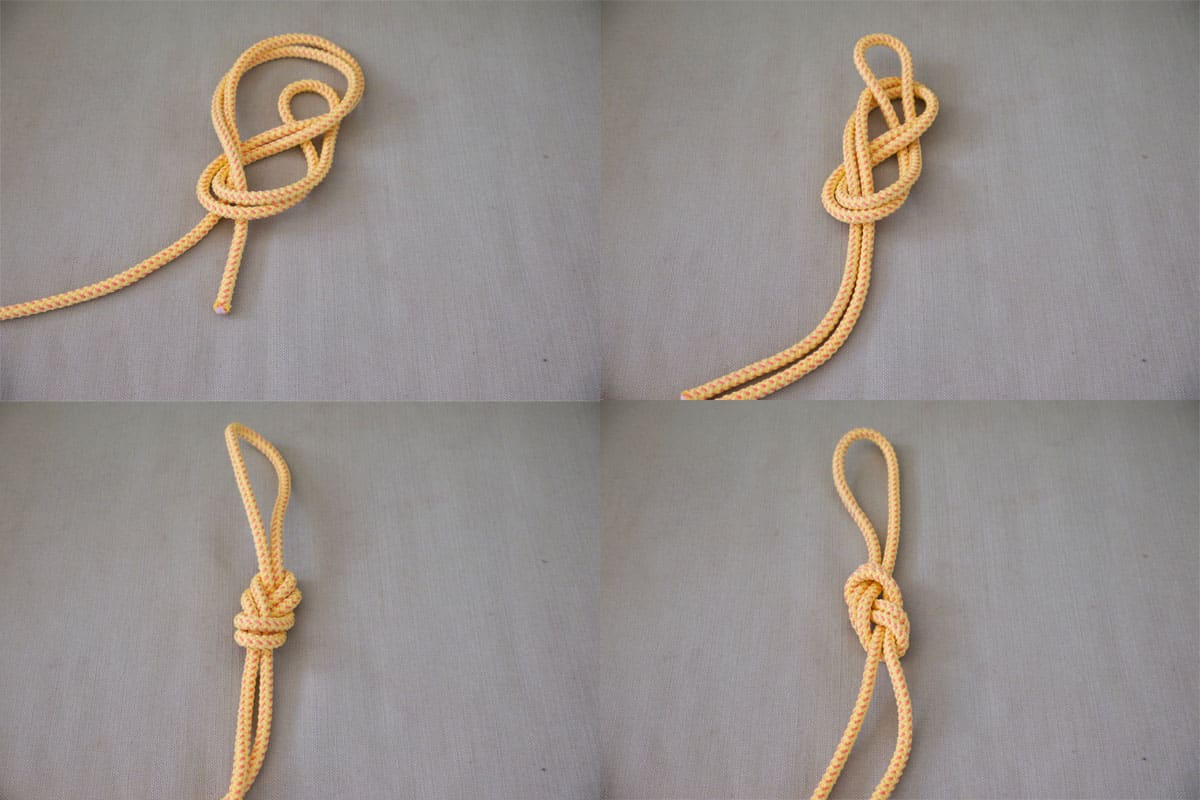
Figure Eight Fishing
4. Pull your loop through the top part of the eight.
5. Make sure your knot is dressed by making sure none of the stands of rope are crossed,
Bowline
The bowline is a very handy knot that can be used for many things. It can be used to
tie oar leashes, your boat to a rock or tree, for making an anchor, the possibilities are endless.

Bowline
1. Start the knot with a loop.
2. Bring the end up your rope up, through the hole.
3. Wrap it around the rope above your loop.
4. Bring it back down through the hole.
5. Pull tight for a nice clean knot.
These three knots are can be used in many occasions and come in handy when you are unsure what knot to tie.

